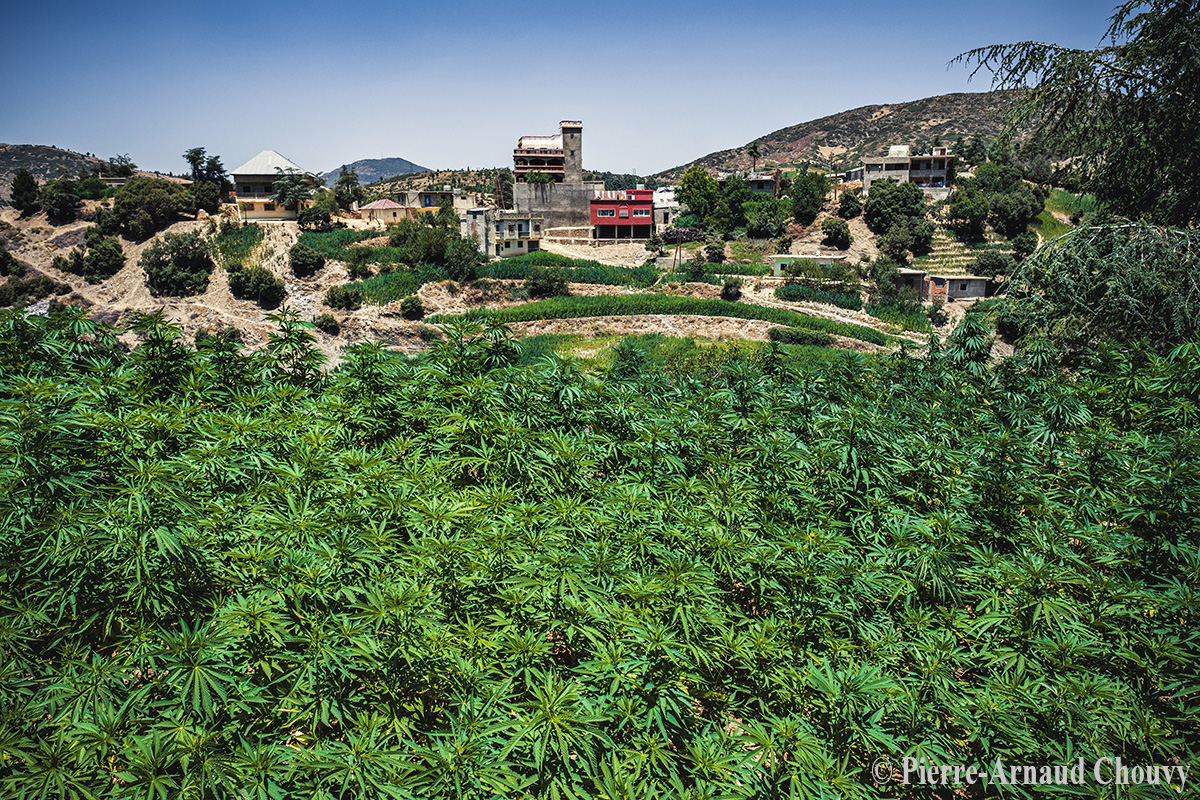The regulation of cannabis in Brazil is progressing rapidly. In a country where over 7.7% of the population has reported cannabis use, a growing network of patients, doctors, lawyers, and activists is shaping new health policies. Legal victories, including cultivation authorizations and a Supreme Court ruling decriminalising possession and personal cultivation, is a signal of progress. But for a country that is making strides in adopting a harm reduction approach to drug use, Brazil still lacks regulation for a critical therapeutic tool: cannabis vapourisers.
Vapourisers, or vapes, are recognised internationally for their role in reducing harm and improving the therapeutic efficacy of cannabis, particularly in cases of chronic pain and other clinical conditions. Unlike smoking, vaporisation heats the plant material without combustion, minimising respiratory damage and toxic byproducts. Despite these benefits, Brazil’s regulatory framework excludes vapourisers from formal health policy considerations.
A recent draft revision put forward to Resolution No. 327 (RDC 327/2019), which regulates cannabis products in Brazil, is now under public consultation. The revision extends the authorised routes of administration for cannabis-based products to include inhalation. However, it explicitly excludes medical devices from regulation. This leaves patients and health professionals without legal clarity or technical guidelines for using vapourisers safely and effectively.
This omission is even more concerning in light of recent judicial decisions. Courts across the country, including in the landmark ACAFLOR case, have acknowledged the legitimacy of the right for patients and associations to cultivate and use cannabis flowers. The Brazilian Supreme Court’s decision to decriminalise the possession of up to 40g and the cultivation of up to six female plants for personal use only increases the need for a coherent regulatory cannabis policy. Meanwhile, the Brazilian Health Regulatory Agency (ANVISA)’s Technical Note No. 35/2023 argues that there is insufficient scientific evidence to justify the use of cannabis vapourisers. However, the judiciary and growing scientific literature suggest otherwise.
Internal inconsistencies
ANVISA’s responses to public inquiries reflect internal inconsistencies. In September 2024, it first cited the outdated RDC 46/2009, which prohibits the marketing, import and advertising of any electronic smoking devices, to prohibit imports of vapourisers. Days later, the agency admitted that importation could be possible under RDC 81/2008, which governs medical devices. This contradiction underscores the urgent need to distinguish between recreational electronic smoking devices and medical-grade cannabis vaporizers designed for harm reduction.
Globally, the regulatory landscape is more advanced. In Canada, Health Canada provides clear guidelines for medical cannabis vaporisation and licenses devices such as dab pens. Israel, a leader in medical cannabis, has approved inhalation devices which allow for controlled microdoses for patient safety. Australia maintains an official list of approved vapourisers, while Germany and the European Union certify certain vaping devices for clinical use. Even in the fragmented regulatory environment of the United States, 39 states and the District of Columbia recognise medical cannabis and allow vaporisation as a protected route of administration.
Legal distinctions needed
Distinguishing medical vapourisers and the benefits they provide from recreational electronic cigarettes would go a long way in clarifying their regulatory status in Brazil. As it stands, the current framework is not only unclear but also complicated, bureaucratic, and inaccessible to most patients. Yet potential regulatory pathways do exist—even if they remain unclear and overly complex. vapourisers could in theory be imported under RDC 81/2008 as medical devices. Furthermore, national production of medical vaporizers is a real possibility through the use of international certifications, as provided for under RDC 687/2022, IN 292/2024, and RDC 741/2022, which offer mechanisms for recognizing foreign manufacturing practices and ensuring compliance with Brazilian health standards.
Those who are now legally permitted to cultivate cannabis deserve the right to consume cannabis in the safest way possible, as well as their preferred. The lack of regulation not only undermines public health and patient safety, but also stifles innovation, investment, and the industry’s development. It discourages international companies from entering the Brazilian market, limits access to modern therapeutic tools, and reinforces a system in which legal ambiguity harms the very citizens the health system is meant to protect.
Constitutional rights
In a constitutional democracy, health is a right, not a privilege. In Brazil, this is guaranteed by Articles 6 and 196 of the Federal Constitution. But beyond health, the regulation of vapourisers also touches on principles of freedom, self-determination, and dignity. Article 1 enshrines the dignity of the human person as a foundation of the Republic, and Article 5 secures the rights to liberty and personal autonomy.
Additionally, a well-regulated vapouriser market could promote fair economic competition and reduce monopolistic barriers, in line with Article 170, which outlines the principles of free enterprise and consumer protection. Public policy must therefore adhere not only to the principles of legality, reasonableness, and efficiency but also to the broader constitutional commitments to freedom and dignity. Patients deserve a regulatory environment that is stable, evidence-based, and in tune with the shifting realities of medical cannabis use in Brazil.
Properly regulating cannabis vapes in Brazil is not merely a technical detail. It is a matter of human dignity, public health, and democratic responsibility. It is time for Brazil to embrace a regulatory framework that prioritizes science, protects its citizens, and aligns with global best practices.


